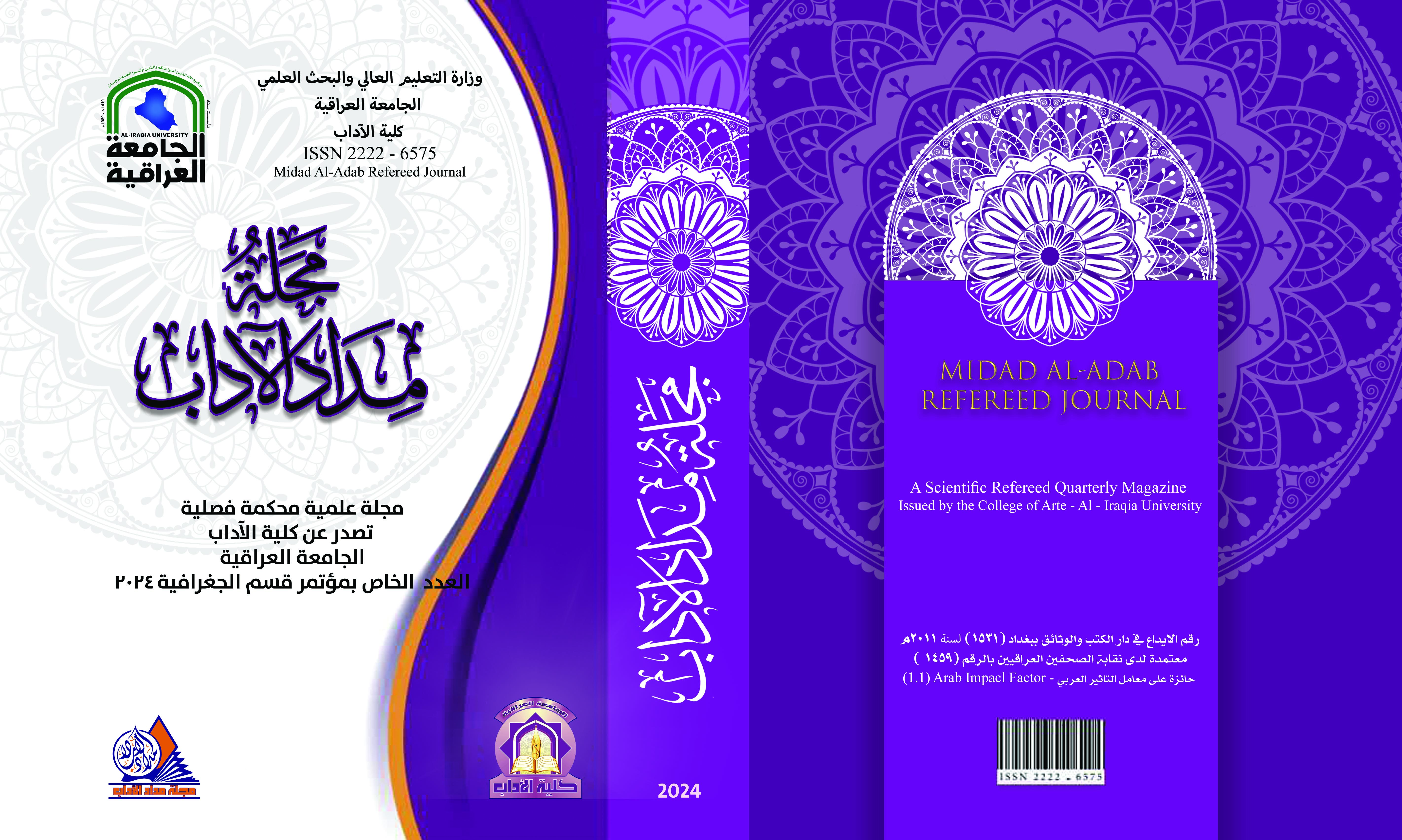Floods and their dangers to agriculture and soil cohesion in the Muthanna desert
DOI:
https://doi.org/10.58564/ma.v14iالعدد%20الخاص%20بمؤتمر%20قسم%20الجغرافية.1518Keywords:
Keywords: floods, flood hazards, rabba, Muthanna desert.Abstract
The current study focused on the method of harvesting water in the Badia and because of the large area of the Badia was taken Al-Ghadhari basin as a model for the study of water harvesting and benefiting from it for agriculture The basin of Al-Ghadhari, which is one of the dry valleys in the Badia of Muthana, as the basin is exposed to rainstorms without benefiting from them in its development, and therefore highlighting the techniques of rainwater harvesting lies in the importance of the study in addressing water scarcity because the basin has qualifications to establish different ways to harvest rainwater in it, as the It provides many geomorphological manifestations that can be used in water harvesting operations, especially desert depressions floods and streams of the main valleys, as it encourages work in the spread of such projects for the purpose of benefiting from them in feeding or injecting groundwater reservoirs and watering agricultural lands and animals, and for this we address in this study the modeling of water harvesting methods in the Khadari basin and its use for agriculture through spatial modeling methods provided by modern geographical techniques represented by digital data in the field of water harvesting and prediction of the selection of The best suitable site for the establishment of water harvesting methods to take advantage of the collection of rainy season water to which the basin is exposed according to its suitability with the determinants or standards provided by the selected site, especially earthen barriers and feeding barriers or water injection as (4) sites were chosen for small dams within the Ghadri basin that control the torrential water contained in the basin for the purpose of storing it to benefit from it to restore plant life as well as the cultivation of pastoral plants and help sheep breeders to settle by providing water for them and their livestock A number of One of the proposals was to raise awareness of the importance of water resources and promote the promotion of rainwater harvesting techniques for their ease of use, low costs and clear effects in providing water and food security and the need to exchange experiences with Arabic countries and countries that have applied water harvesting methods; to build an adequate information base on the standards that control the application of water harvesting methods through scientific seminars and specialized conferences, as well as linking the region with a transportation line in order to develop it and restore its spirit.
Downloads
Published
Issue
Section
License

This work is licensed under a Creative Commons Attribution-NonCommercial-NoDerivatives 4.0 International License.








